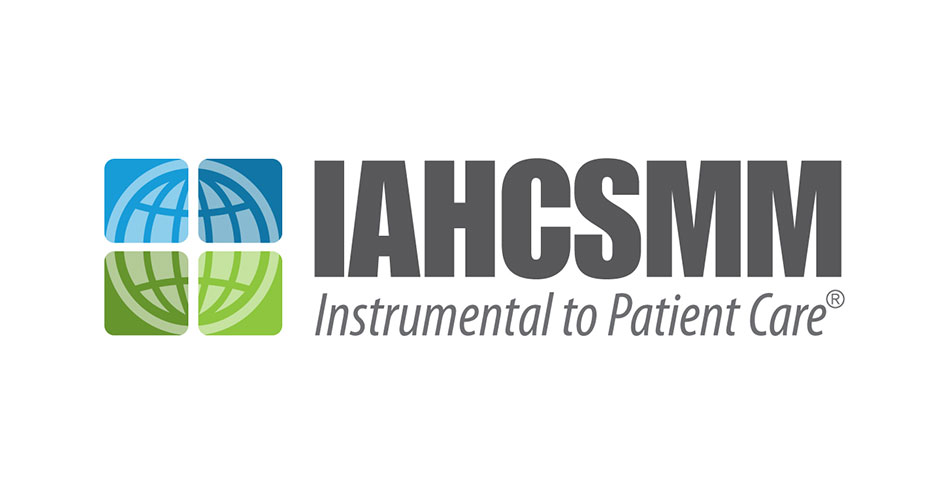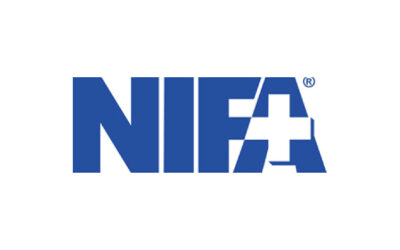 By Julie E. Williamson
By Julie E. Williamson
Workplace and interdepartmental conflict are all too common occurrences in today’s health care landscape, and with time and resource constraints squeezing more and more health care professionals, it’s becoming even more challenging.
Unchecked conflict can erode teamwork, trust and job satisfaction, and even worse, violence and bullying can erupt – all negative outcomes that can have a significant impact on patient care. Experts largely agree that negative conflict takes time and energy to resolve but ignoring it can lead to employees’ perception that conflict has been accepted as the new norm in the department.
Address conflict wisely
Conflict, by definition, is simply a difference in viewpoint or opinion, and it isn’t inherently “bad.” In fact, it can lead to better relationships and outcomes if managers and employees are given the right tools to address it in a productive way.
Well-managed conflict can also play an important role in an organization’s success. In fact, industry leaders have witnessed how the most effective team members from different departments are those where employees feel safe enough to disagree, but do so in a more thoughtful, productive way. When that happens, innovation and better decision making can result.
Targeted training is the most effective approach for curbing negative, morale- and efficiency-robbing conflict. A professional code of conduct should be established for all health care departments and professionals. A disciplinary structure should be developed so the mechanisms and referral pattern to higher authority are well understood, which can lead to effective resolution at a lower level, findings have shown. The goal is for all employees to know and understand that the organization has firm limits on inappropriate behavior.
During tense situations, managers should encourage employees to physically step away from the conflict for a brief period to think rationally about how best to address the situation at hand. When individuals feel personally attacked or pressured, that can lead to emotional and potentially negative outcomes. Momentarily stepping away from a tense moment or situation allows managers to respond to the situation with a clearer head – and employees involved to enter a cool-down period that can lead to more rapid, effective resolution.
Effective communication is key
Workplace conflict often erupts between employees because of a lack of communication – and this is equally true of interdepartmental conflicts where each side struggles to understand the needs and viewpoint of the other. A recent Society for Human Resource Management (SHRM) survey found that 72% of employees rank “respectful treatment of all employees at all levels” as the top factor in job satisfaction – and SHRM also found that misinterpreting others’ intentions is among the biggest drivers of conflict.
Other common contributing factors of conflict include when an employee believes another employee is not pulling their weight, or when unreasonable expectations or questionable requests are made.
To foster a fair, more positive working environment, managers must lead by example, demonstrating effective communication and encouraging employees to work through their differences by engaging in honest and fair discussions. Asking questions to help employees gain a better understanding of their colleague’s perspective is a particularly effective approach.
Although many experts agree that some conflicts are best resolved between the individuals involved, there are times when resolution won’t likely occur without some mediation from a manager. When conflict arises regarding departmental practices, for example, managers may find better success in steering employees to the standards and guidelines where the answer can be found. These critically important documents can help bring everyone toward the common goal of safety and quality.
Knowing how to manage conflict outside one’s own departmental walls is critical. It’s not uncommon for sterile processing (SP) professionals to face conflict from operating room (OR) professionals, which may present itself in the way of urgent (and, at times, hostile or unforgiving) calls or visits from surgical staff who demand that problems or needs be addressed immediately. Stern exchanges are not pleasant, but when employees and managers apply proper knowledge and communication tools, they can typically resolve those conflicts quickly.
Managing interdisciplinary conflict takes a facility-wide effort that involves team-based training and cooperation. Policies and procedures pertaining to conflict resolution and effective communication need to be in place and they should be consistent across all departments. When conflict arises between the SP department and the OR, some SP managers have found great success in visiting the OR with the SP employee to address situations face to face. The manager’s presence can help the employee feel more supported and the employee can learn valuable skills by participating in the discussion or seeing and hearing how the manager addresses the problem. Listening to the OR’s concerns can also help justify their urgency, especially when a situation such as a missing or malfunctioning instrument affects the patient on the table. At the same time, if the OR’s demands go against facility standards, guidelines and facility policy, this face-to-face communication will help set the stage for future improvements and expectations.
Creating a culture of accountability and understanding with both the SP department and OR teams helps build interdisciplinary trust and understanding. By and large, most employees want to do the right things for the sake of patient safety – and they want to help prevent future negative outcomes or conflicts from recurring. Empowering SP professionals to deal directly with OR staff issues is important – and so is ensuring that issues are being effectively addressed – but it’s equally important that the OR recognizes the many detailed, time-consuming steps that must take place in the SP department to ensure that instruments are processed fully, safely and effectively, and in accordance with standards, guidelines, regulations and facility policy.
Julie E. Williamson serves as IAHCSMM’s communications director and editor. She has written hundreds of articles on topics related to central service, surgical services, infection prevention and materials management.









